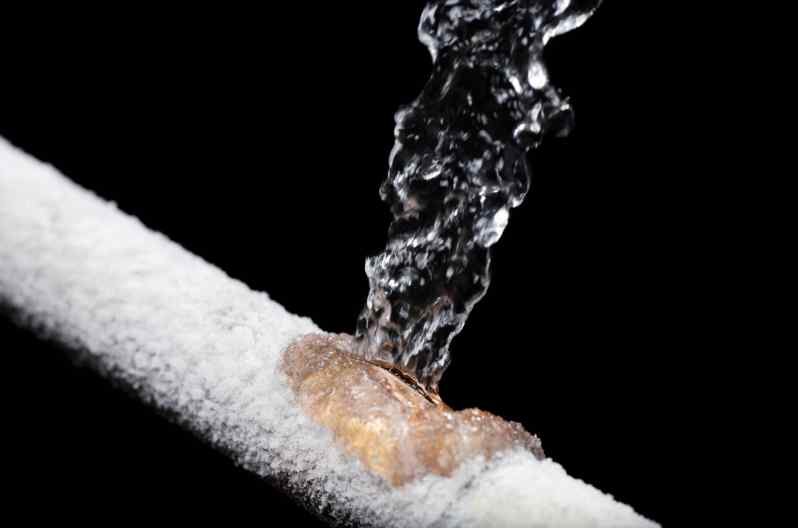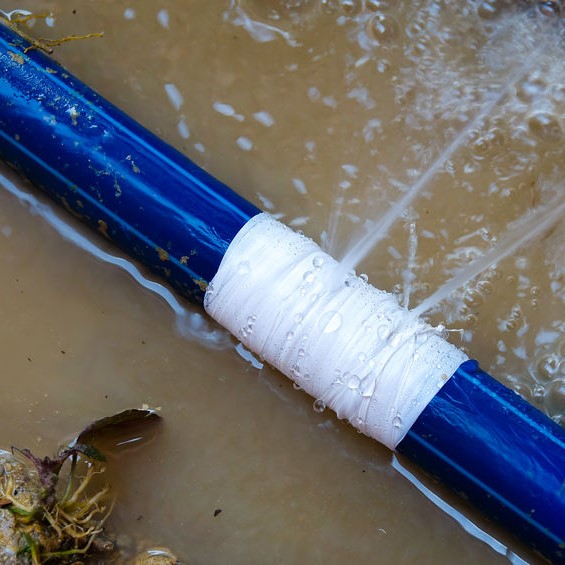How do you feel with regards to How to Prepare for Your Dishwasher Installation?

A ruptured pipeline is a significant emergency; you can just stand as you see water you pay a lot to rejoin with the earth. In worse situations, you discover a pool on your kitchen flooring, which is a wonderful journey threat, specifically if you have children around. If the pipe that ruptured remained in your walls, trouble: you might need to repaint that entire section.
Exactly how can a tragedy like a burst pipeline be prevented as well as taken care of? Well, by paying attention to your expert emergency plumbing technicians and complying with these policies.
How do I recognize when my pipes have burst?
Rising and fall water stress
Pipelines do not simply burst in a day. You may have observed that your kitchen area faucet or shower doesn't run immediately when you turn the faucet. It might stop briefly for a couple of secs and then blast you with more force than normal.
In various other circumstances, the water might seem typical in the beginning, after that drop in stress after a couple of secs.
Damp wall surfaces and also water discolorations
Before a pipe ruptureds, it will leak, the majority of times. If this relentless leaking goes unnoticed, the leakage may finish into a wide tear in your pipeline. One simple way to avoid this emergency is to keep an eye out for damp walls advertisement water spots. These water discolorations will lead you right to the leak.
Puddles under pipelines and sinks
When a pipe ruptureds, the discharge develops a pool. It may appear that the pool is growing in dimension, and regardless of the number of times you mop the pool, in a few minutes, there's an additional one waiting to be cleaned up. Often, you might not have the ability to trace the puddle to any kind of noticeable pipelines. This is a sign to call an expert plumber.
Untraceable leaking noises
Pipeline ruptureds can take place in one of the most unpleasant places, like within concrete, inside walls, or under sinks. When your home goes quiet, you might have the ability to listen to an annoyingly persistent leaking noise. Also after you've checked your shower head as well as kitchen area tap, the trickling may continue.
Dear reader, the dripping might be originating from a pipe inside your wall surfaces. There isn't much you can do concerning that, other than tell an expert plumber.
Shut down the Water
When water ices up, it expands in volume by regarding 9 percent. And it broadens with tremendous pressure: The stress inside pipelines might go from 40 extra pounds per square inch to 40,000 psi! No pipe can hold that much stress, so it breaks open. The break might occur where the ice forms, yet regularly, it occurs where water stress finds a vulnerable point in the pipeline. That might be inches or perhaps feet from the icy location. Find the water shutoff valve and also turn off the water to stop more damages. You might likewise need to shut off the electrical power also, relying on where the leaks takes place and also exactly how large it is.
Infected water
Lots of people think a ruptured pipe is a one-way outlet. Fairly the contrary. As water drains of the hole or gouge in your plumbing system, pollutants find their method.
Your water might be infected from the source, so if you can, inspect if your water container has any problems. Nonetheless, if your drinking water is provided and also purified by the local government, you should call your plumber instantly if you see or scent anything amusing in your water.
What do I do when I find a ruptured pipeline?
Your water meter will continue to run even while your water wastes. To decrease your losses, find the primary controls as well as transform the supply off. The water mains are an above-ground framework at the edge of your residential property.
How to Fix & Detect a Leaking Pipe
How Do I Know if a Pipe is Leaking?
Leak detection tests can help you determine if your pipe has a leak. Even if you don’t see an apparent leak, you should still conduct leak detection tests regularly to save water and money—and prevent major damage to your home.
Water meter. It can be helpful to figure out what your usual water meter usage numbers are and then monitor them regularly. To monitor your meter, first, turn off all water faucets in your home. Check the meter and write down the numbers. In a few hours, check the meter again. If the numbers have changed, you have a leak. Water gauge. Use a water gauge to test your water pressure. Your showerhead should produce a certain amount of water pressure based on its model and design. If the pressure is lower than it is supposed to be for that specific showerhead, your home likely has a leak. Puddles. Look inside your bathroom, laundry, and kitchen sink cabinets. Puddles around the cabinets or around toilets, tubs, showers, and washing machines indicate the presence of a leaking pipe. You may also notice loose tiles, peeling or flaking paint, or mold caused by water accumulation. Napkin test. Even if you don’t see any puddles, you may still have a leak. You can test for water leaks in the bathroom, laundry, and kitchen by wiping below-sink connections with a napkin, paper towel, or piece of toilet paper. If it becomes damp, you probably have a leaking pipe under the sink. Discolored walls. Walls that are discolored—usually with brown or yellow stains—or bulging might mean that they have been impacted by water damage caused by a leaking pipe. Smell. A leaky pipe will create sitting water, and over time, that water may develop a musty smell. If your home smells musty, but you can’t locate the source, it may be due to a leak. Steps for Fixing a Leaking Pipe
A leaky drain can be remedied by tightening the pipe base, replacing the drain seal, caulking the rim, and tightening the pipe nut. Similarly, a leaking toilet pipe can be treated by tightening the packing nut. You may also need to replace the valve. A leaky faucet may just need tightening or replacement of the washers. If that doesn’t work, consider replacing your faucet. If your pipe has a hole in it, you may want to use a pipe leak sealer or pipe leak tape. This quick fix for water pipe leaks can also temporarily fix a copper pipe leak. https://www.ahs.com/home-matters/quick-tips/how-to-tell-if-pipes-are-leaking/

I stumbled upon that post on What to Know Before Installing a Dishwasher while doing a search on the web. Feel free to take the opportunity to promote this blog posting if you enjoyed it. We enjoy reading our article about What to Know Before Installing a Dishwasher.
Avoid more damage, call now!